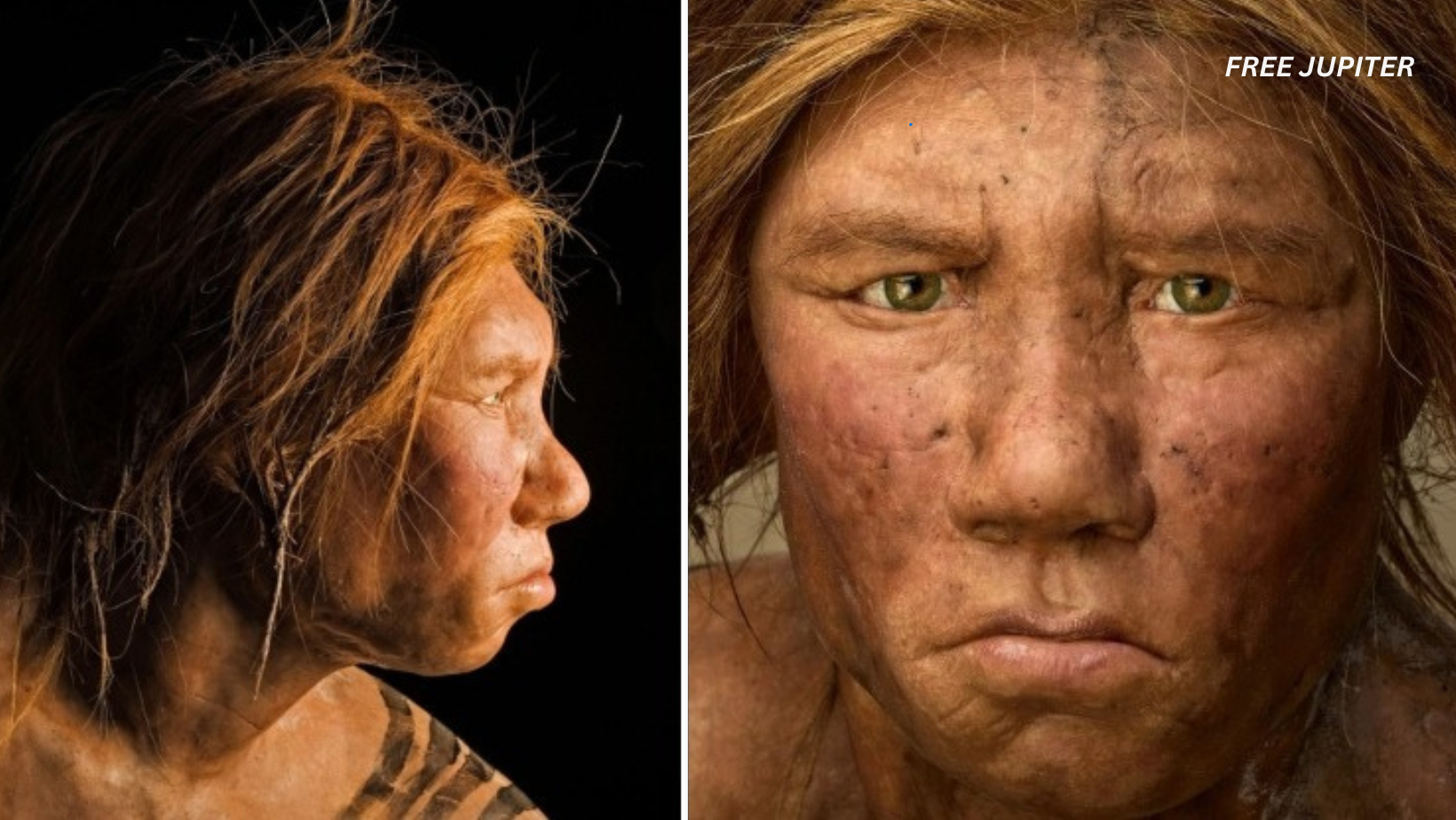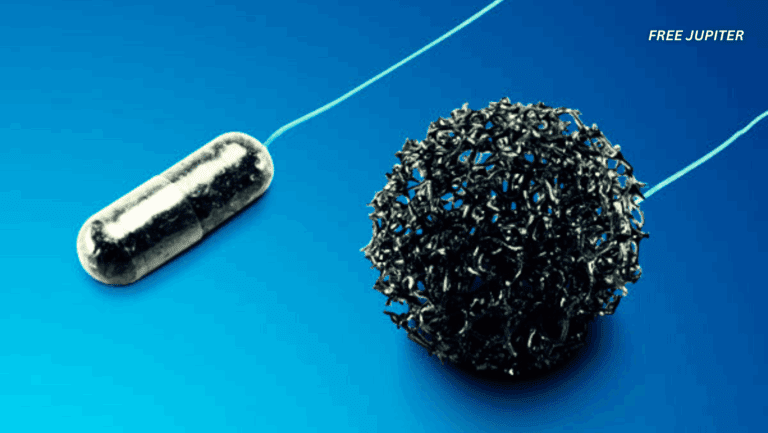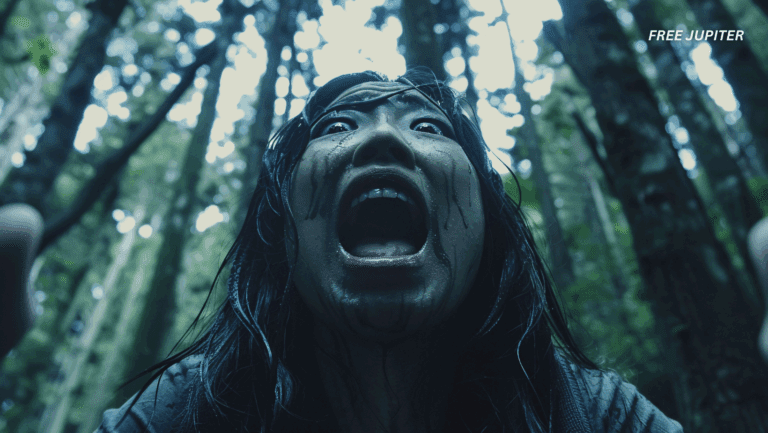Imagine a world where distinct branches of ancient humanity crossed paths, not just sharing territory but also family ties. In an astonishing twist of prehistory, scientists have uncovered the story of a young girl who stands as the only known individual whose parents belonged to two separate human species. This discovery, centered on a bone fragment found in a Siberian cave, has revolutionized our understanding of ancient human interactions and migrations.
A Hybrid From the Distant Past
The girl, known to researchers as Denisova 11 or “Denny,” lived approximately 90,000 years ago in what is now the Altai Mountains of Russia. She was around 13 years old at the time of her death, and her remains were identified from a small bone fragment unearthed among thousands of similar pieces in Denisova Cave. What sets Denny apart is her heritage: her mother was a Neanderthal, and her father a Denisovan-two closely related, yet genetically distinct, branches of the human family tree.
This makes Denny the first and only confirmed first-generation hybrid between these ancient groups. While earlier genetic studies hinted that Neanderthals and Denisovans sometimes interbred, Denny’s genome provides the most direct evidence yet of such unions, offering a rare glimpse into the lives of our prehistoric relatives.
Read more: The Fascinating Reason Why Human Faces Don’t Look Like Neanderthals’
Who Were the Neanderthals and Denisovans?
To appreciate the significance of this discovery, it helps to know a bit about these two groups.
Neanderthals (Homo neanderthalensis) were sturdy, resourceful humans who thrived across Europe and parts of western Asia for hundreds of thousands of years. They were skilled hunters and toolmakers, adapting to diverse environments and surviving through numerous ice ages. Neanderthals eventually disappeared around 40,000 years ago, but not before leaving traces of their DNA in modern populations.
Denisovans, on the other hand, are far more mysterious. Identified primarily from a handful of bones and teeth found in Denisova Cave, they are believed to have lived across parts of Asia. Although we know little about their appearance or culture, genetic studies reveal that Denisovans also mingled with both Neanderthals and the ancestors of some modern humans, particularly those in Asia and Oceania.
The Discovery and Its Significance
The journey to uncover Denny’s story began with a small, nondescript bone fragment, labeled DC1227, found in 2012. Researchers at Oxford University, using a technique called Zooarchaeology by Mass Spectrometry (ZooMS), identified the fragment as belonging to an ancient human. Further genetic analysis, led by scientists at the Max Planck Institute for Evolutionary Anthropology, revealed something extraordinary: the DNA was an almost equal blend of Neanderthal and Denisovan.
This meant Denny’s mother was a Neanderthal and her father a Denisovan. But the surprises didn’t end there. Analysis showed that her father also carried a small amount of Neanderthal ancestry, suggesting that interbreeding between these groups happened more than once and over extended periods.
What Denny’s Genome Reveals
Denny’s genetic makeup is a treasure trove for scientists. Her DNA is split almost evenly between Neanderthal and Denisovan, confirming she was a first-generation hybrid. Moreover, her father’s genome contains traces of Neanderthal DNA from hundreds of generations earlier, indicating that these groups had crossed paths and interbred before.
One particularly intriguing finding is that Denny’s Neanderthal mother was genetically closer to Neanderthals from Western Europe-such as those found in Croatia-than to the Neanderthals who lived in Denisova Cave earlier. This suggests that Neanderthals migrated across Eurasia in several waves, interacting with Denisovans at different times and places.
Rethinking Ancient Human Boundaries
The existence of Denny challenges the idea that Neanderthals and Denisovans were entirely separate, isolated populations. Instead, it paints a picture of ancient Eurasia as a dynamic landscape where different human groups met, mingled, and sometimes started families together. These interactions were not rare, one-off events, but likely happened repeatedly over thousands of years.
This has profound implications for how we understand human evolution. Rather than a simple story of one group replacing another, it appears that ancient humans formed a complex web of relationships, with gene flow crossing the boundaries between groups. Some of this genetic legacy persists in people today, particularly among populations in Asia and Oceania.
Read more: 7 Surprising Signs That You Have Neanderthal DNA
Clues About Ancient Migrations
Denny’s DNA also sheds light on how ancient humans moved across the landscape. The close genetic relationship between her mother and Western European Neanderthals suggests that Neanderthal populations were highly mobile, traveling thousands of miles and likely encountering Denisovans multiple times. This movement may have been driven by changes in climate, competition for resources, or other factors that remain the subject of ongoing research.
The Role of ZooMS: Unlocking Secrets From Tiny Fragments
The discovery of Denny highlights the power of modern scientific techniques. ZooMS, the method used to identify her bone fragment, analyzes collagen proteins to distinguish between species, even when the bones themselves are too fragmentary for traditional identification. This approach has opened up new possibilities for studying ancient remains, allowing researchers to sift through thousands of bone fragments and find those belonging to our distant relatives.
Once a promising fragment is found, genetic sequencing can reveal its secrets. In Denny’s case, scientists were able to extract and sequence both mitochondrial and nuclear DNA, confirming her hybrid ancestry and providing detailed insights into her family history
What Does This Mean for Our Story?
Denny’s story is more than just a scientific curiosity-it’s a reminder that the history of humanity is complex, filled with unexpected connections and shared ancestry. Her existence suggests that ancient humans were not as isolated as once thought, but instead formed a patchwork of groups that sometimes came together in surprising ways.
This discovery also invites new questions. How common were such hybrids? What were the social dynamics between Neanderthals, Denisovans, and other ancient humans? Did these groups share knowledge, tools, or culture? And what drove their migrations across such vast distances?
Read more: Archaeologists Find 23,000-Year-Old Footprints That Rewrite the Story of Humans in America
The Continuing Puzzle of Human Origins
With each new discovery, the story of our origins becomes richer and more intricate. Denny’s case, in particular, serves as a vivid illustration of how ancient DNA can transform our understanding of the past. It reminds us that the boundaries between species were often more permeable than we once believed, and that our own ancestry is woven from many threads.
As researchers continue to analyze ancient remains and develop new techniques, more surprises are likely to emerge. The tale of Denny, the girl with parents from two different species, is just one chapter in the ongoing saga of human evolution-a story still being written, bone by bone and gene by gene.
In Summary
- Denisova 11, or Denny, is the first and only known first-generation hybrid between Neanderthals and Denisovans, discovered in Siberia’s Denisova Cave.
- Her genome reveals not only her mixed ancestry but also evidence of earlier interbreeding events between these groups.
- The findings suggest that ancient human populations were mobile and interacted more frequently than previously believed.
- Modern techniques like ZooMS have been crucial in identifying such rare individuals from tiny bone fragments.
- Denny’s story challenges old ideas about strict boundaries between ancient human species and highlights the tangled roots of our family tree.
As we piece together the puzzle of our past, discoveries like Denny’s remind us that the journey of humanity is full of surprises, and the lines that separate us from our ancient cousins may be blurrier than we ever imagined.










